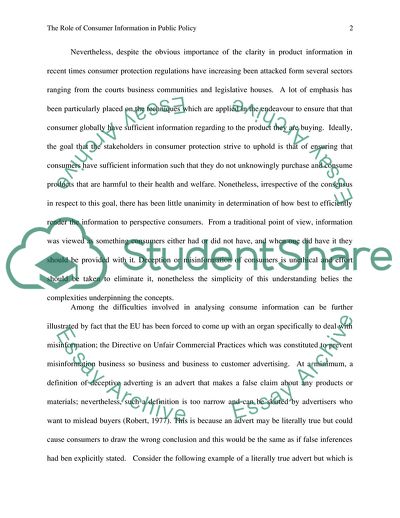Cite this document
(The Role of Consumer Information in Public Policy Article, n.d.)
The Role of Consumer Information in Public Policy Article. https://studentshare.org/marketing/1808355-the-role-of-consumer-information-in-public-policy
The Role of Consumer Information in Public Policy Article. https://studentshare.org/marketing/1808355-the-role-of-consumer-information-in-public-policy
(The Role of Consumer Information in Public Policy Article)
The Role of Consumer Information in Public Policy Article. https://studentshare.org/marketing/1808355-the-role-of-consumer-information-in-public-policy.
The Role of Consumer Information in Public Policy Article. https://studentshare.org/marketing/1808355-the-role-of-consumer-information-in-public-policy.
“The Role of Consumer Information in Public Policy Article”. https://studentshare.org/marketing/1808355-the-role-of-consumer-information-in-public-policy.


